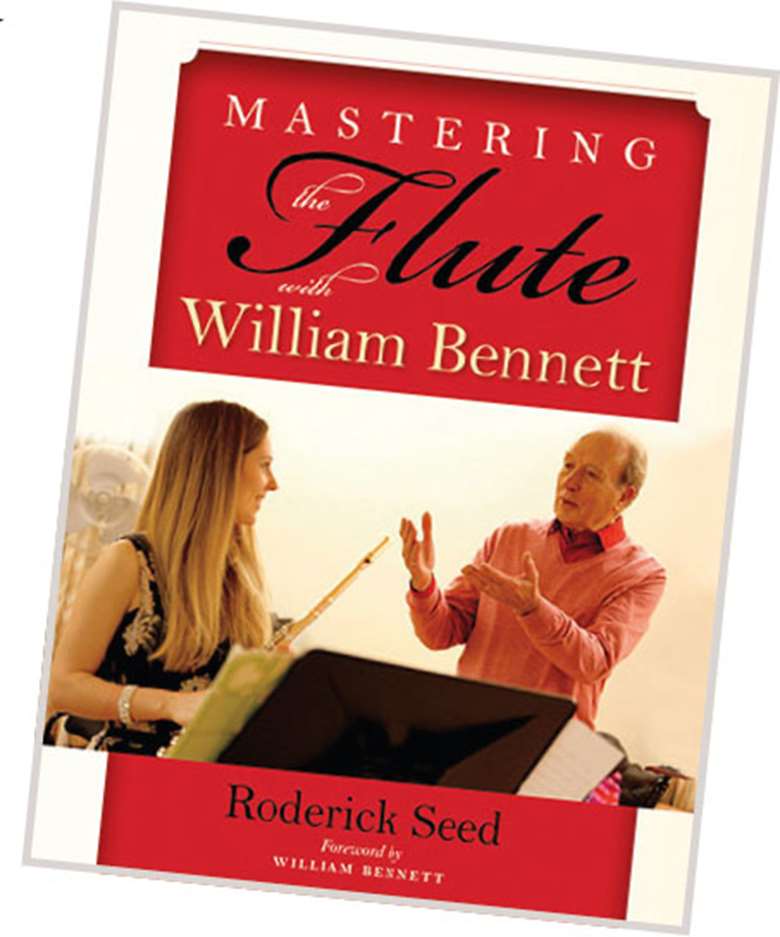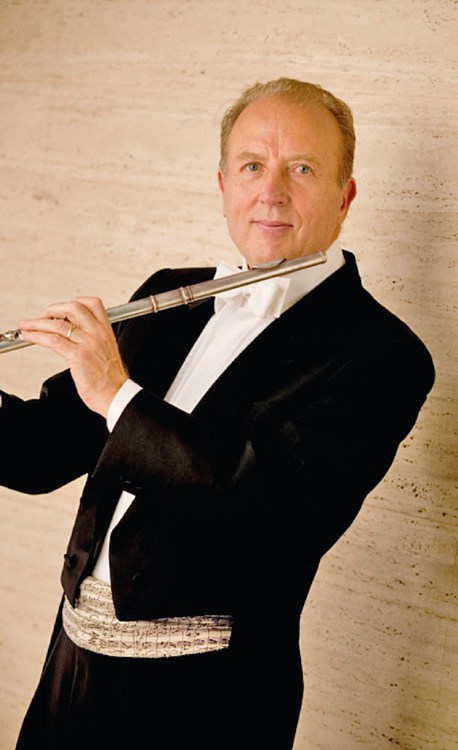Flute Reviews: Mastering the Flute with William Bennett
Clarissa Payne
Tuesday, May 1, 2018
'A most fitting tribute to a great performer and teacher, now in his eightieth year'

William Bennett is the reason I play the flute. Aged nine, my favourite tape was a collection of his recordings of French flute classics, which I listened to until it wore out. I just couldn't understand how he got that incredible sound, so full of life and expression, from the same metal tube I was huffing away at, trying to get to grips with. Roderick Seed, the author of a new book laying out Bennett's approach, had a similar experience, he says: ‘When I first started learning the flute, my father bought a cassette tape of flute concerti recorded by various artists that we listened to in the car after school. My favourites were all the ones played by William Bennett!’
Seed began attending Bennett's summer schools at the age of 15, and later studied with him at the Royal Academy of Music. Now an accomplished flautist and teacher himself, Seed is ideally placed to document Bennett's method.
Mastering the Flute with William Bennett is an extremely valuable resource for flute players, covering a wide range of technical and musical issues and revealing the ideas developed over Bennett's decades-long career. Whatever the particular issue being examined, Bennett's goal has always been the same, as he details in his foreword: ‘One of the most important lessons from Marcel Moyse [whose masterclasses Bennett attended in the 1970s] was finding a reaction in the tone and how this could make the flute as expressive as other dignified instruments, such as the violin or the human voice’.
The first chapter is dedicated to finding where a note ‘speaks’. Seed uses detailed description, photos, diagrams and notation to make the exercises clear to the reader. The second chapter shows us how Bennett uses harmonics to develop the sound and work on intonation. The ‘reaction in the tone’ is the subject of chapter three, which features ‘dog panting’ and ‘electrocardiogram’ exercises. The technical work is never separated from the music, with Bennett using a familiar melody, such as a phrase from a Mozart concerto, as the basis for an exercise.
In the ‘Elephants and Taxis’ chapter, Bennet makes it clear that musical phrasing – he compares it to prosody in linguistics – isn't something that happens accidentally. ‘Approaching Melodies’ adds to these ideas, and asks questions for the flautist to reflect on. Bennett's approach is rooted in his own study with Marcel Moyse, but he has developed a unique philosophy and approach to learning. This is best seen in some of the weird and wonderful exercises found throughout the book, which include turning the headjoint upside down in order to practise lifting the airstream, and removing it altogether for the ‘shakuhachi’ exercise.
This book is not for beginners as it assumes familiarity with advanced repertoire and technical work. It is, however, a most fitting tribute to a great performer and teacher, now in his eightieth year, and provides a fantastic set of tools for players wanting to answer the same question I asked when I first heard William Bennett: how?

William Bennett: ‘Incredible sound, so full of life and expression’

